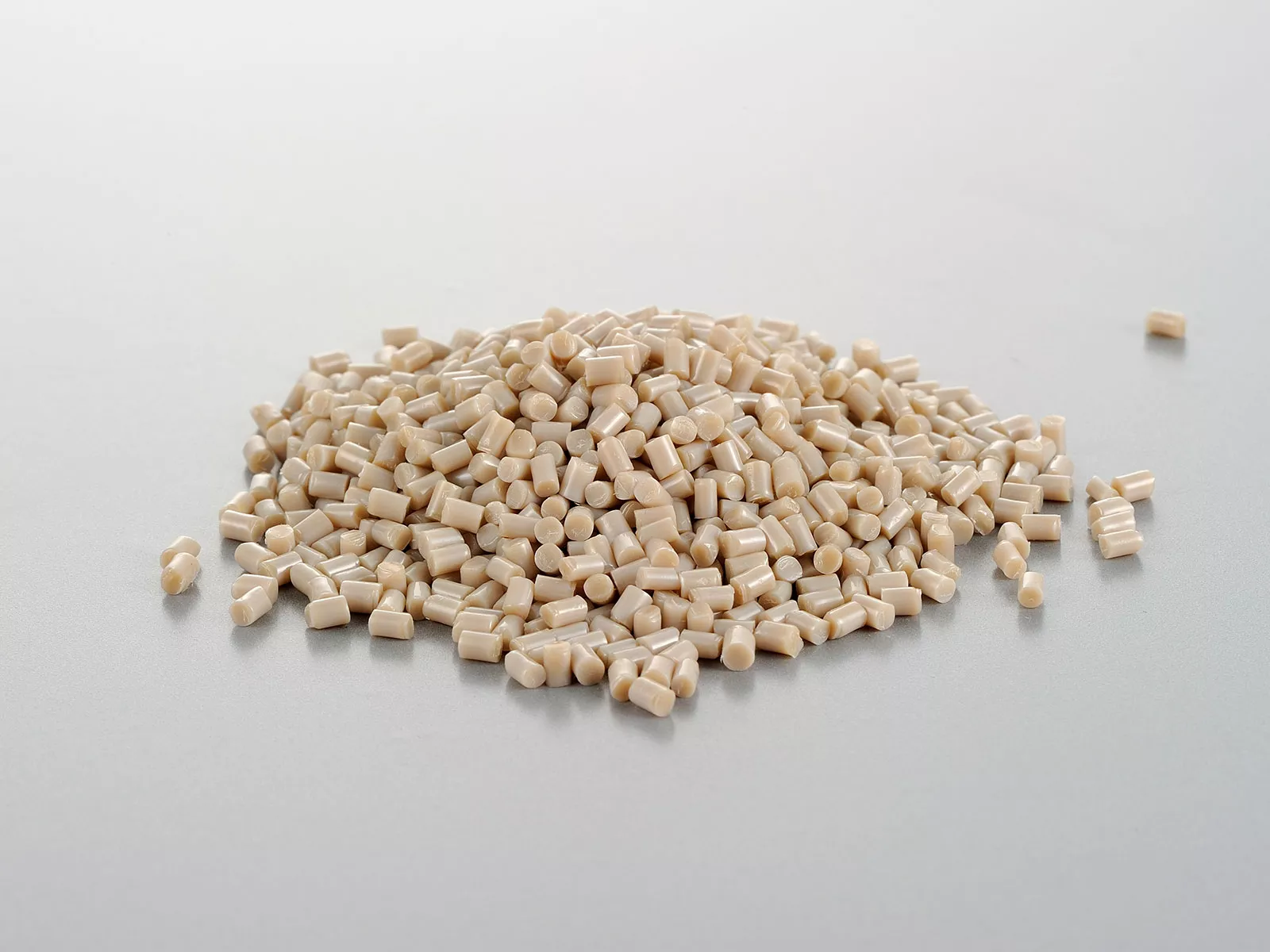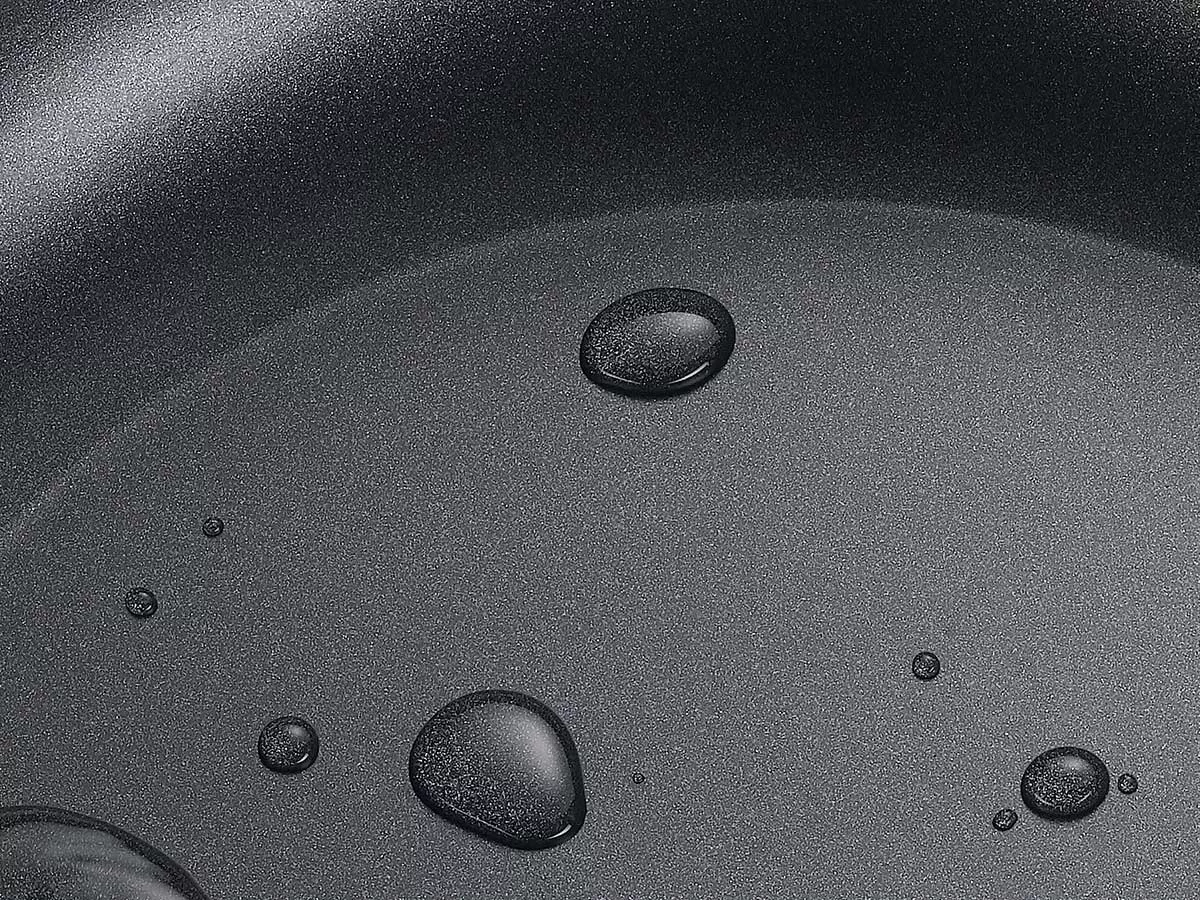Understanding Why Non-Stick Pans Get Burn Marks
Non-stick pans are great for easy cooking, but they can get burn marks. Understanding why this happens can help you avoid it.
Common Causes of Burn Marks
Burn marks on non-stick pans usually happen due to:
- High heat: Cooking at too high a temperature can damage the coating.
- Dry heating: Leaving the pan empty on the stove can cause it to overheat.
- Using metal utensils: Scratching the surface can lead to wear and tear.
Impact of High Heat on Non-Stick Coating
When non-stick pans are exposed to high heat, the coating can break down. This can lead to:
- Flaking: Pieces of the coating may come off into your food.
- Sticking: Food may start to stick to the surface, making cooking difficult.
- Health risks: Damaged coatings can release harmful chemicals.
Preventing Burn Marks with Proper Use
To keep your non-stick pans in good shape, follow these tips:
- Use medium heat: Avoid high temperatures to protect the coating.
- Add oil or food before heating: This prevents dry heating.
- Choose the right utensils: Use silicone or wooden utensils to avoid scratches.
Taking care of your non-stick pans can extend their life and keep your cooking safe. Remember, non-stick pans degrade for several reasons, including age and frequent use.
By understanding these factors, you can enjoy cooking without the worry of burn marks!
Initial Steps to Clean Burn Marks Off Non-Stick Coating

Rinsing and Soaking the Pan
Start by rinsing your non-stick pan with warm water. Soaking the pan for a few minutes can help loosen any burnt food. This step is crucial because it makes the cleaning process easier.
Using Dish Soap and a Soft Sponge
After soaking, drain the water and apply a few drops of dish soap to a soft sponge. Gently scrub the burnt areas. Avoid using anything abrasive, as it can damage the delicate non-stick coating. Here’s a simple list of what to do:
- Apply dish soap to the sponge.
- Scrub the burnt spots gently.
- Rinse the pan thoroughly with warm water.
Avoiding Abrasive Cleaners
It’s important to steer clear of harsh cleaners or scrubbing pads. These can scratch the non-stick surface, making it less effective. Instead, opt for gentle cleaning methods.
Remember, taking care of your non-stick cookware can extend its lifespan. Regular maintenance is key to keeping it in good shape.
By following these initial steps, you can effectively tackle burn marks and maintain your non-stick pans for longer use. If the marks persist, consider trying home remedies or commercial products for deeper cleaning.
Effective Home Remedies for Removing Burn Marks

Using Baking Soda and Vinegar
Baking soda is a fantastic cleaner that can help with burn marks. To use it, mix baking soda with a little water to create a paste. Apply this paste to the burnt areas of your non-stick pan. For extra cleaning power, spray some vinegar over the paste. This will create a fizzing reaction that helps lift the stains. Here’s how to do it:
- Mix 1/2 cup of baking soda with enough water to form a paste.
- Spread the paste over the burn marks.
- Spray vinegar on top and let it fizz for a few minutes.
- Gently scrub with a soft sponge.
Creating a Hydrogen Peroxide Solution
Another effective method is to use hydrogen peroxide. This can help lift stains without much scrubbing. Here’s a simple way to do it:
- Pour 1/2 inch of hydrogen peroxide into the pan.
- Bring it to a boil on the stove.
- Let it simmer for about 10 minutes.
- Afterward, the stains should come off easily with a soft sponge.
Trying a Cream of Tartar Paste
Cream of tartar is another useful ingredient. It’s mildly abrasive and can help scrub off tough stains. To use it:
- Mix cream of tartar with a little water to form a thick paste.
- Apply the paste to the burnt areas.
- Let it sit for about 15 minutes.
- Gently scrub with a soft sponge to remove the stains.
Remember, patience is key when cleaning burnt pans. Sometimes, it may take a few tries to get them looking new again!
Commercial Products for Cleaning Non-Stick Pans

When it comes to cleaning non-stick pans, there are several effective commercial products that can help restore their shine and functionality. Here are some popular options:
Choosing the Right Cookware Cleaner
- Bar Keepers Friend: This cleaner is well-known for its ability to tackle tough stains on various cookware, including non-stick pans. It contains oxalic acid, which helps lift stubborn marks.
- Bon Ami: Made from natural ingredients, this cleaner is a gentler option that many users prefer for its less harsh smell and effective cleaning power.
- Specialty Non-Stick Cleaners: Look for products specifically designed for non-stick surfaces to avoid damaging the coating.
Using Bar Keepers Friend
- Apply the Cleaner: Sprinkle a small amount of Bar Keepers Friend on the stained area of the pan.
- Scrub Gently: Use a soft sponge to scrub the surface gently, avoiding any abrasive materials that could scratch the coating.
- Rinse Thoroughly: After cleaning, rinse the pan with warm water to remove any residue.
Exploring Other Commercial Cleaners
- Dishwashing Tablets: These can be effective for tough stains. Fill the pan with water, drop in a tablet, and let it simmer for about 10 minutes.
- Hydrogen Peroxide Solutions: Mixing hydrogen peroxide with baking soda can create a powerful cleaning paste for burnt-on food.
Remember: Always read the instructions on the product label to ensure it’s safe for your specific non-stick cookware. Using the right cleaner can help maintain the longevity of your pans and keep them looking new!
Long-Term Care Tips for Non-Stick Cookware

Avoiding Metal Utensils
Using metal utensils can scratch and damage the non-stick coating. Instead, opt for wooden or silicone utensils to keep your pans in great shape.
Cleaning Immediately After Use
Cleaning your non-stick pans right after cooking is crucial. If you let food sit, it can become harder to remove. Use hot, soapy water and a soft sponge to clean the pan right away.
Proper Storage to Prevent Damage
Store your non-stick cookware carefully. Avoid stacking them without protection, as this can scratch the surface. Use pan protectors or cloths between pans to keep them safe.
Remember, taking care of your non-stick cookware can extend its life significantly. Following these simple tips will help you enjoy your pans for years to come!
When to Replace Your Non-Stick Pan
Signs of a Worn-Out Non-Stick Coating
Non-stick pans are great for easy cooking, but they don’t last forever. Here are some signs that it might be time to replace yours:
- Scratches or chips: If you see any scratches or chips in the coating, it’s a sign that the pan is damaged.
- Food sticking: If food starts sticking to the surface, even after cleaning, it’s a clear indication that the non-stick coating is wearing off.
- Flaking coating: If you notice pieces of the coating coming off, it’s time to get a new pan.
Risks of Using Damaged Non-Stick Pans
Using a damaged non-stick pan can lead to several issues:
- Health concerns: Damaged coatings can release harmful chemicals into your food.
- Poor cooking results: Food may not cook evenly or may burn more easily.
- Increased cleanup: You’ll spend more time scrubbing stuck-on food.
Selecting a High-Quality Replacement
When it’s time to buy a new non-stick pan, consider these tips:
- Look for PFOA-free options to avoid harmful chemicals.
- Choose a pan with a durable coating that can withstand high heat.
- Read reviews to find a brand known for longevity and quality.
Remember, a good non-stick pan can make cooking easier and more enjoyable. Investing in a quality replacement is worth it!
Final Thoughts on Cleaning Burn Marks from Non-Stick Coating
In conclusion, cleaning burn marks off your non-stick pans doesn’t have to be a daunting task. By using simple methods like soaking in soapy water or a mixture of vinegar and baking soda, you can often restore your pan to its original state. Remember to avoid harsh scrubbing tools that can damage the coating. If all else fails and the burns remain stubborn, it might be time to consider a new pan. Taking care of your non-stick cookware will help it last longer and perform better, making your cooking experience more enjoyable.





